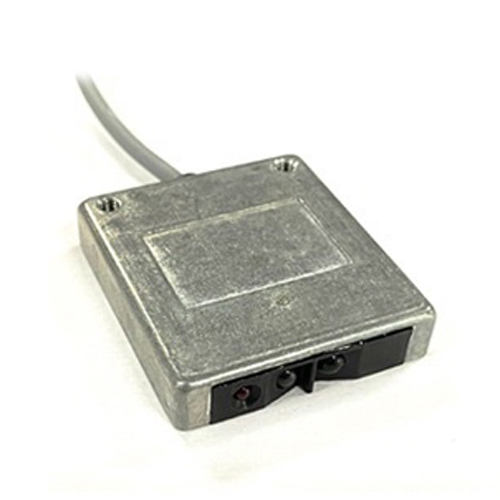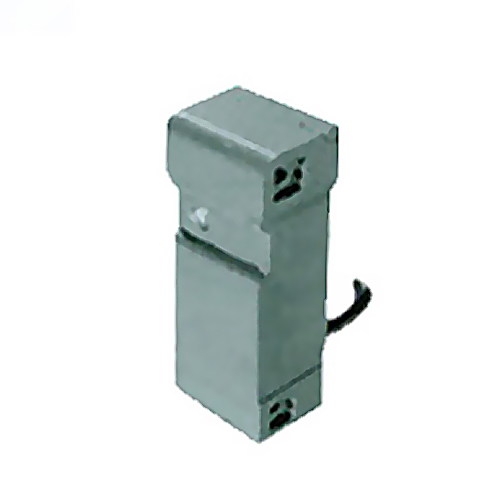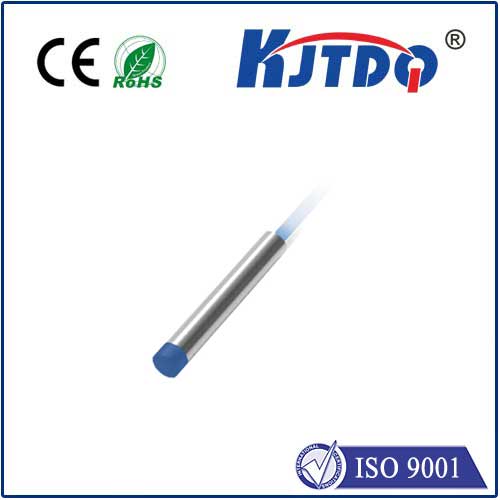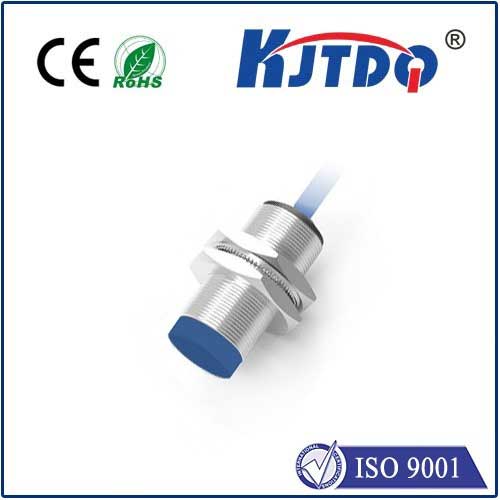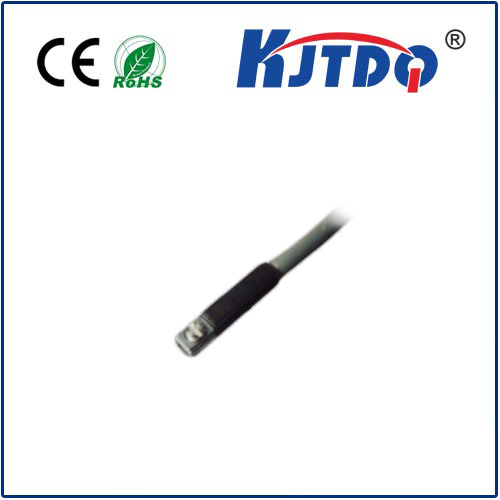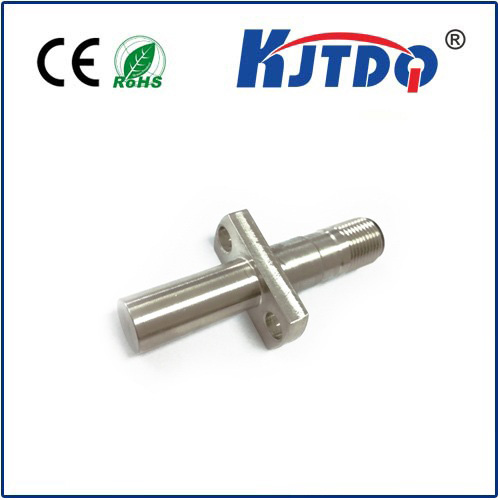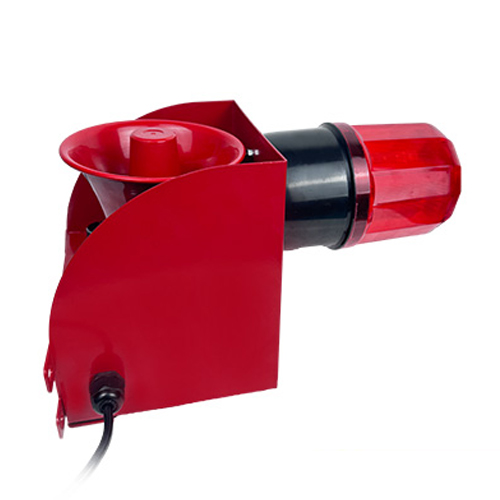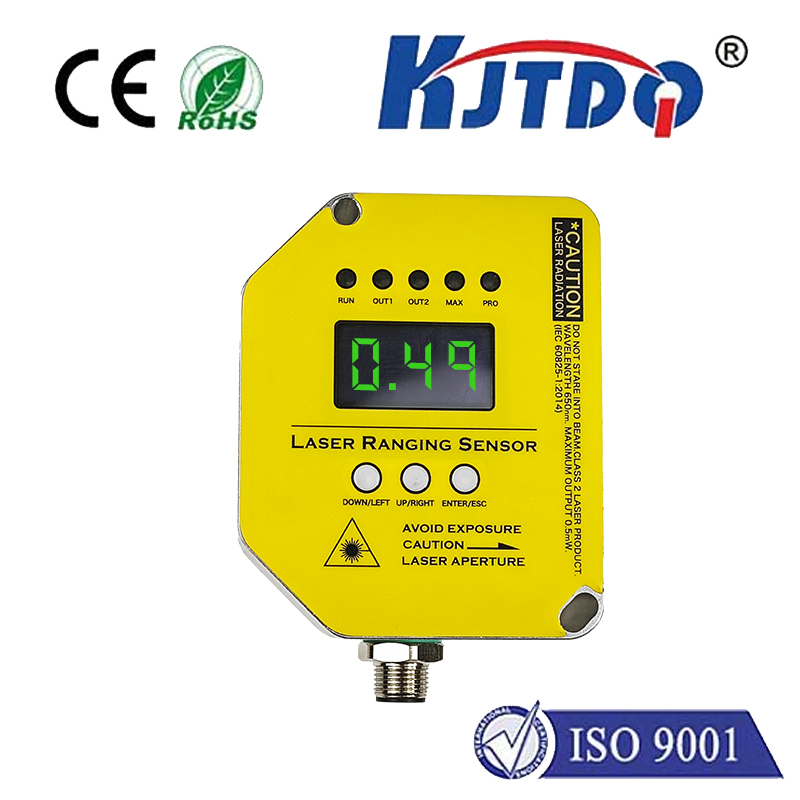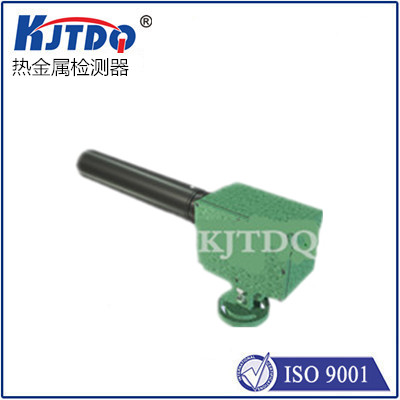l210f limit switch
- time:2025-08-01 12:15:37
- Click:0
L210F Limit Switches: Reliable Position Detectors in Industrial Automation
Imagine a robotic arm gracefully lifting a heavy component. Its movement stops precisely at the right height every single time. Or picture an automated packaging line flawlessly sealing boxes, with mechanisms halting exactly where the seal needs to be applied. Behind countless such moments of flawless precision in factories and machines worldwide lies a seemingly simple, yet utterly indispensable component: the limit switch. Among the vast array available, the L210F limit switch stands out as a particularly robust and dependable choice for demanding industrial environments.
What Exactly is a Limit Switch?
At its core, a limit switch is an electromechanical device designed to sense the physical presence or absence of an object, or to monitor the limits of movement. Think of it as an industrial-grade version of a light switch on your wall, but triggered by mechanical force or movement instead of your finger. When an actuator (like a plunger, lever, or roller) on the switch is moved by the target object, it causes electrical contacts inside the switch to either open (break the circuit) or close (complete the circuit). This change in electrical state is then detected by a control system (like a PLC - Programmable Logic Controller), signaling that the object has reached a specific position or that movement has reached a defined end point.
The L210F: A Workhorse Built to Last

The L210F designation typically refers to a specific robust design often categorized as a micro limit switch. Here’s what makes this type of limit switch, including variants like the L210F, a trusted solution:
- Compact Yet Rugged Construction: The L210F limit switch is designed to fit into tight spaces while offering outstanding durability. Its housing is usually made of high-impact plastic or metal, providing protection against physical knocks and harsh industrial environments.
- Variety of Actuators: These switches commonly come with different actuator options to suit various applications:
- Roller Lever: Ideal for detecting objects moving linearly past the switch.
- Flexible Rod Lever (F Rod): Offers a longer reach and flexibility, useful in applications requiring deflection from multiple angles.
- Plunger (Pin Plunger): Best suited for direct, straight-line actuation where precision is key.
- Hinged Lever: Provides a broad actuation surface.
- Reliable Electrical Switching: Internally, L210F limit switches feature snap-action contacts. This “quick-make, quick-break” action ensures a clean and rapid opening/closing of the electrical circuit, minimizing arcing and contact wear for a longer service life. They typically have SPDT (Single Pole, Double Throw) or DPDT (Double Pole, Double Throw) contact configurations (e.g., L210F1C often denotes SPDT), offering flexibility in control circuit design.
- Environmental Resistance: Many models boast significant IP (Ingress Protection) ratings, such as IP67. This means they are dust-tight (IP6X) and can withstand immersion in water up to 1 meter for 30 minutes (IPX7), allowing them to perform reliably in environments with dust, moisture, oils, and coolants.
- Long Mechanical Life: Engineered for millions of operations (often rated for 10 million operations or more), L210F micro limit switches are built for continuous, dependable service, reducing maintenance needs and downtime.
- Standard Dimensions and Mounting: They often adhere to common industry dimensions, making them relatively easy to replace or integrate into existing machinery with compatible mounting holes and actuator positions (e.g., L210F limit switch dimensions are widely standardized).
Where the L210F Limit Switch Excels: Key Applications
The ruggedness and versatility of the L210F limit switch make it suitable for a vast array of industrial automation and machinery tasks:
- Position Sensing: Confirming that a cylinder is fully extended or retracted; verifying that a guard door is securely closed before machine start-up (critical for safety); detecting the home position of a sliding mechanism. Accurate position feedback is fundamental to automated sequences.
- End-of-Travel Detection: Preventing motors, actuators, or slides from moving beyond their intended physical limits, protecting both the moving parts and the machinery frame from damage. This is a primary safety function.
- Count Operations: A simple counter circuit can be triggered each time the switch is actuated, useful for tracking production counts or repetitive motions.
- Conveyor Systems: Detecting the presence or absence of packages/products on a conveyor line; signaling when a pallet reaches the end of a transfer station; triggering diverters for sorting.
- Material Handling Equipment: Used extensively on lifts, hoists, cranes, AGVs (Automated Guided Vehicles) to detect load positions, lift heights, or travel limits.
- Machine Tools: Monitoring tool positions in CNC machines; confirming turret indexing; ensuring workpieces are correctly clamped.
- Packaging Machinery: Detecting carton closures; verifying case sealer operation; signaling when a product is in place for filling or labeling.
- Automotive Manufacturing: Found in assembly line robots, welding equipment, paint booths, and testing stations for positioning control and safety interlocks.
- Textile Machinery: Monitoring thread breaks, loom shuttle positions, or fabric roll diameters.
Selecting and Using an L210F Limit Switch: Key Considerations
Choosing the right limit switch and installing it correctly is crucial for reliable operation:
- Application Requirements: Precisely define what you need the switch to do (detect presence, end position, absence? Trigger a safety stop? Count items?). Determine the direction and nature of the force applied to the actuator.
- Actuator Type: Select the actuator (roller lever, F lever, plunger, etc.) best suited to the object being detected and its movement path. A roller lever L210F is excellent for sliding impacts, while a plunger L210F is ideal for precise, direct vertical actuation.
- Electrical Ratings: Match the switch’s voltage (AC or DC) and current ratings (e.g., 10A 250VAC) to the requirements of the control circuit it’s connected to. Ensure the contact configuration (SPDT, DPDT) meets your wiring needs.
- Environment: Choose an appropriate IP rating (like IP67) based on the levels of dust, moisture, temperature extremes, and potential chemical exposure.
- Mounting and Adjustment: Ensure the switch can be securely mounted and that the actuator can be accurately positioned relative to the target object. Proper alignment is critical for consistent actuation.
- Durability Needs: Consider the required number of operations (mechanical life) for your application. High-cycle applications demand switches rated for millions of operations.
- Certifications (If Needed): For critical safety functions (safety interlocking of guards), ensure the switch carries relevant safety certifications (e.g., IEC 60947-5-1 for functional safety parts). Standard L210F switches are typically used for control, not safety-critical functions unless specified and certified accordingly.
Maintaining Peak Performance
While exceptionally durable, L210F limit switches benefit from periodic checks:
- Visual Inspection: Look for signs of physical damage (cracked housing, bent actuator).
- Function Testing: Manually actuate the switch






